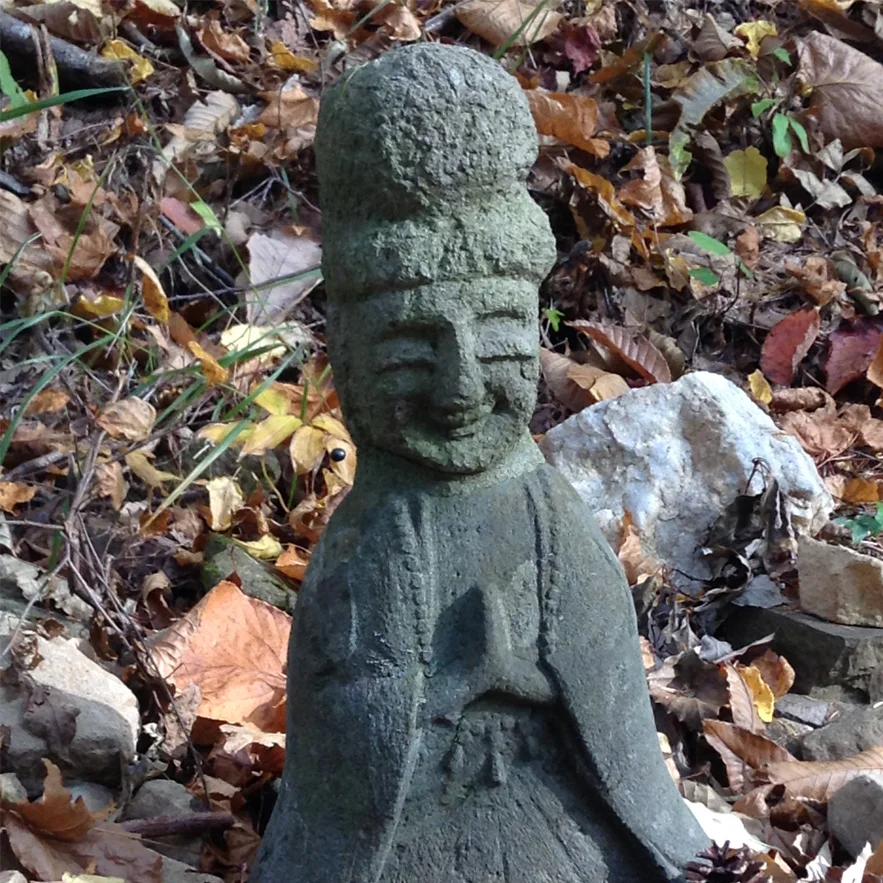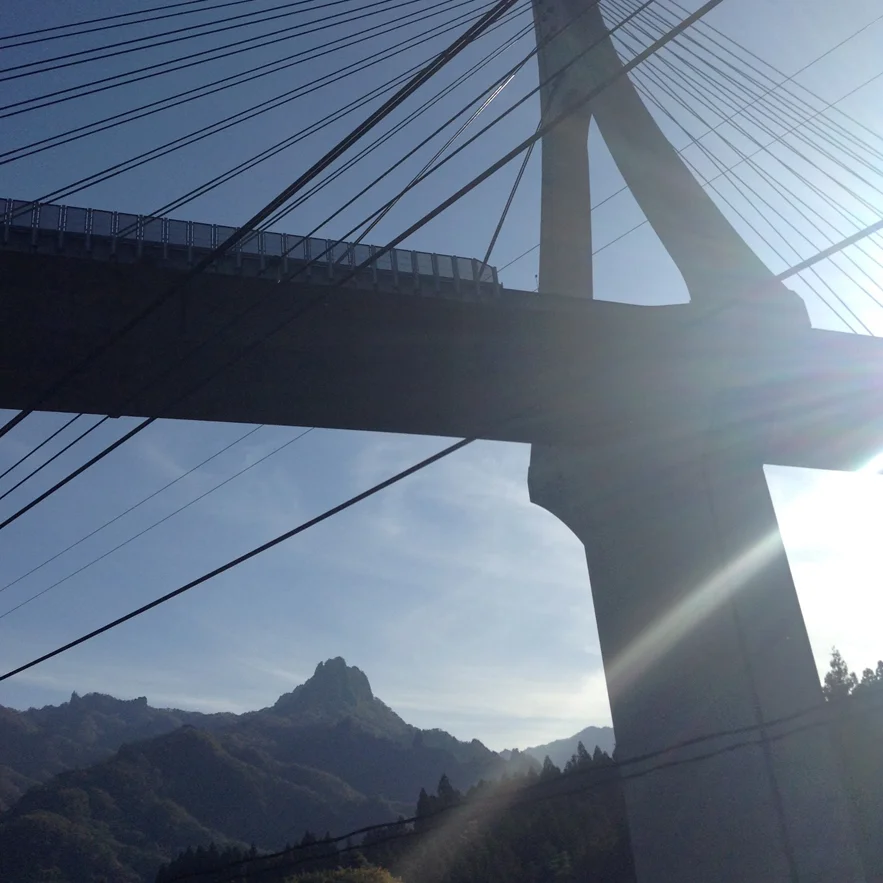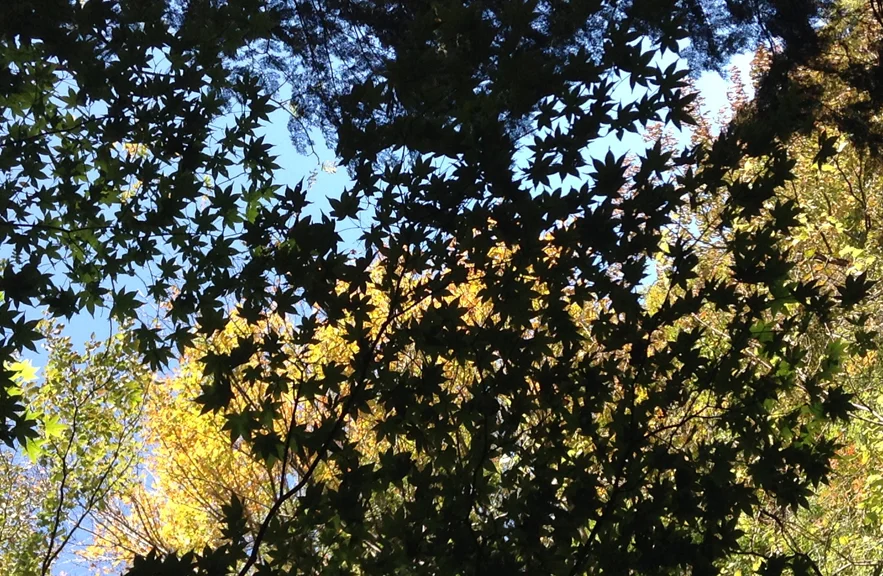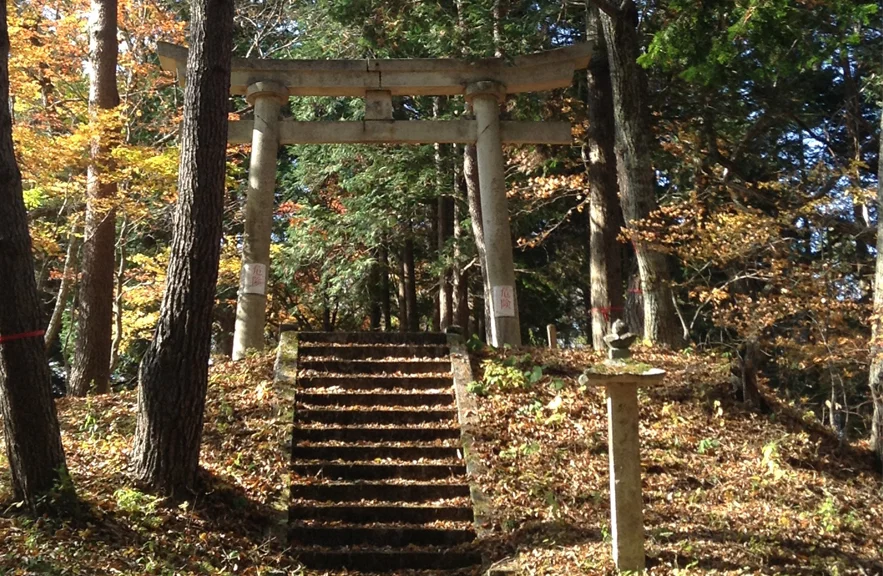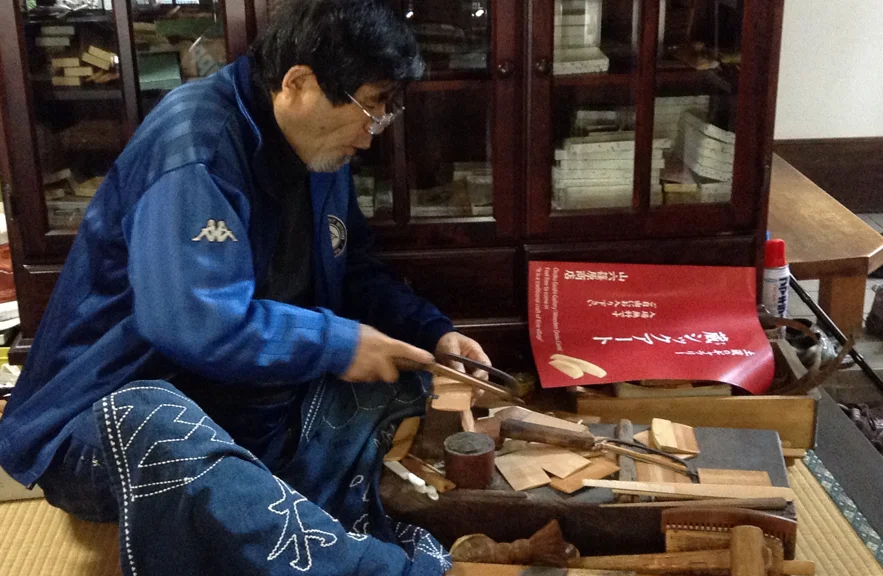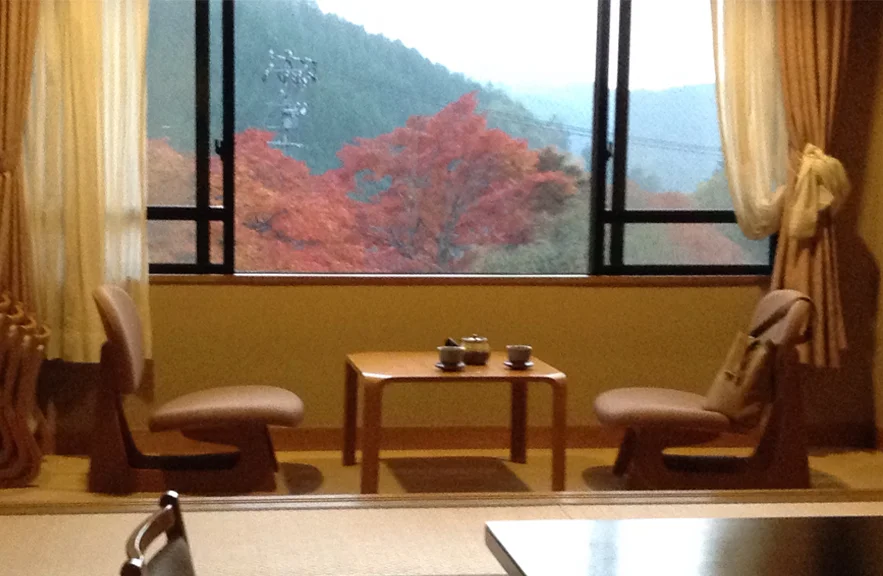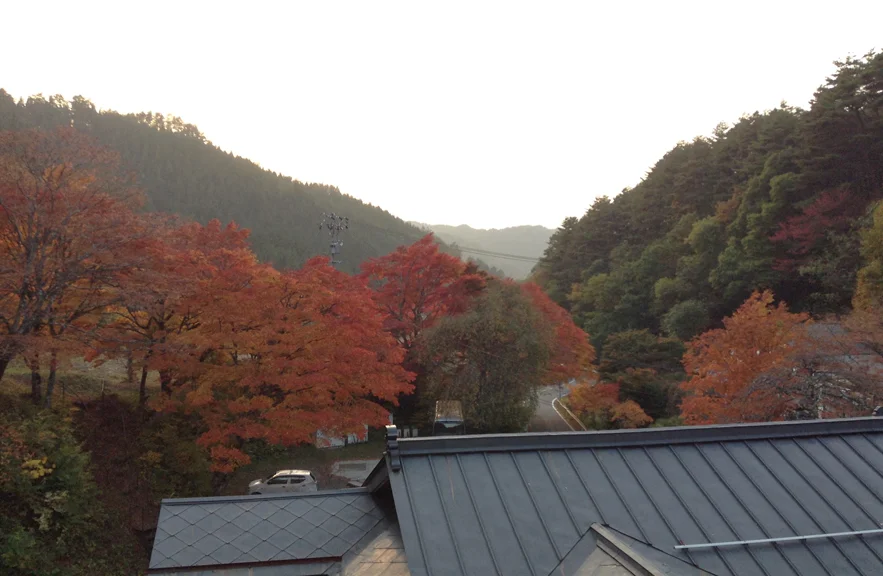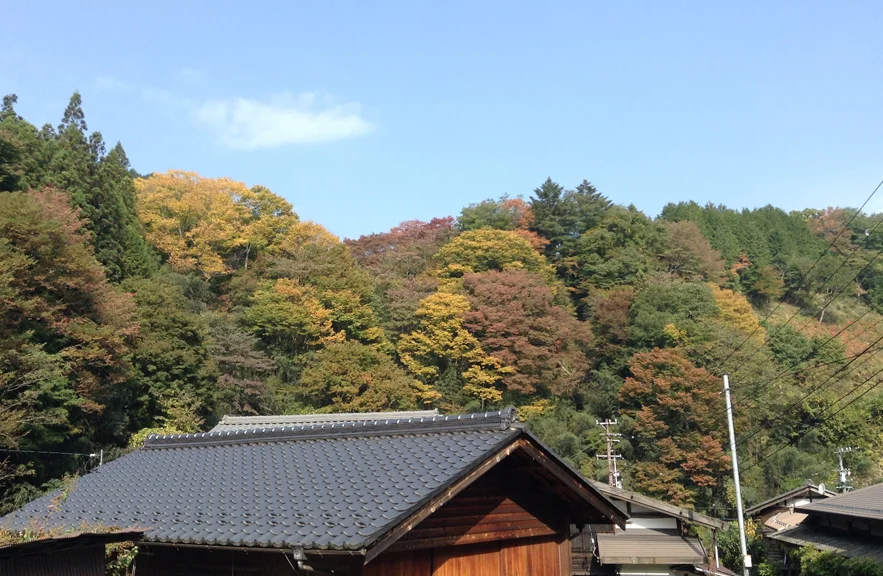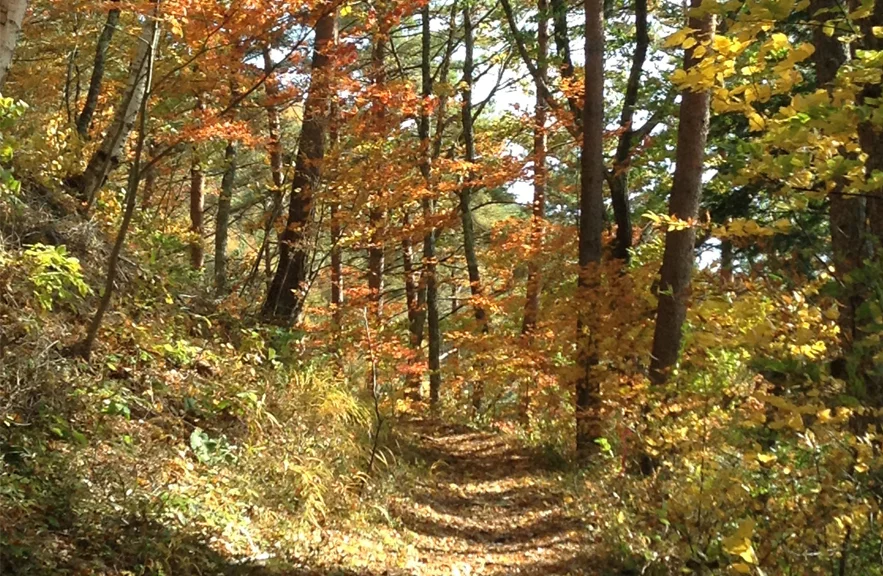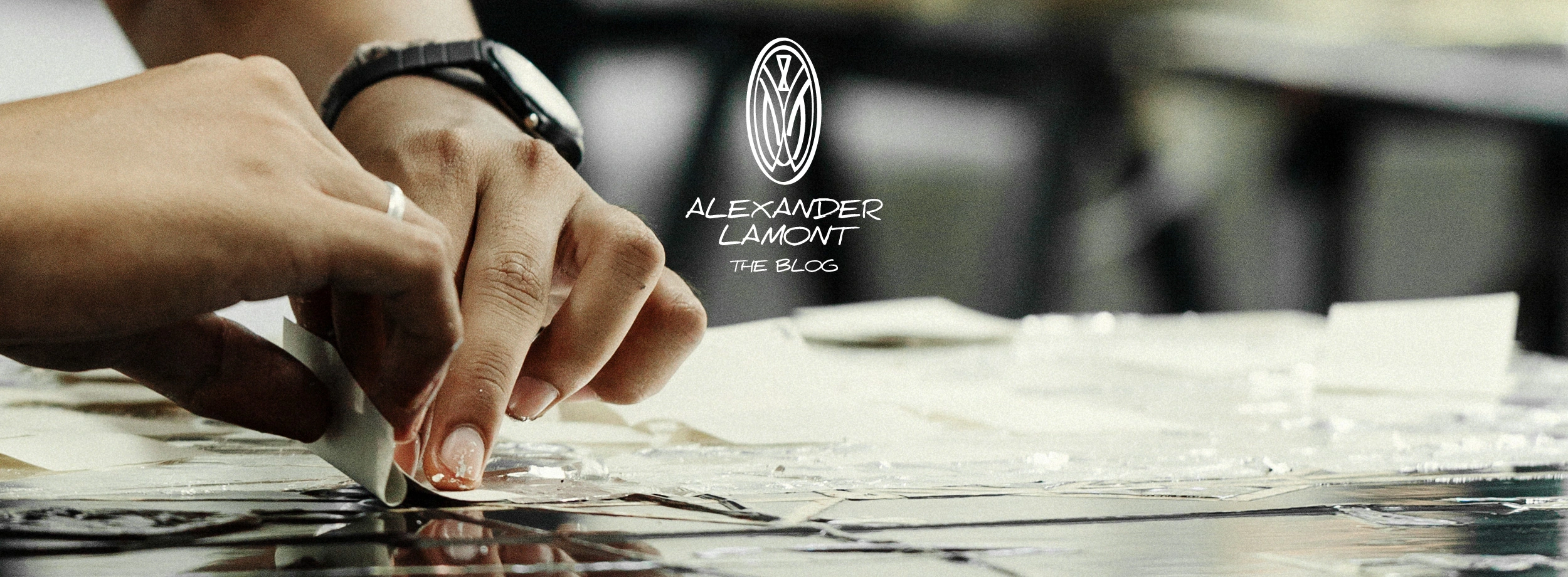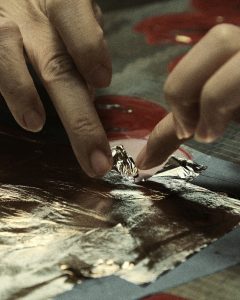Back in December in the Japan Shopping post I mentioned that I would soon write more about The Nakasendo Trail. The trail or Central Mountain Route was one of the 5 walking routes that during the Edo Period connected the ancient capital of Kyoto to Tokyo or Edo. There were 69 rest stations between Edo and Kyoto, and the route crossed through 5 provinces of Edo period Japan. Today the Nakasendō also runs through the modern-day prefectures of Saitama, Gunma, Nagano, Gifu and Shiga, with a total distance of approximately 534 km (332 mi).In October 2015 my closest friend Sam and I set off from Tokyo by train to get to the start of our 5 day trek along the trail at Magome. Our route would take us through the beautifully restored towns of Tsumago, Kiso-Fukushima and Narai, while our last night would be spent in the more westernised “alpine” resort of Karuizawa.
At the end of each walking day we would stay at a traditional Japanese style inn, or Ryokan at one of the towns along the route as travellers from the Edo period would have done. There a sumptuous dinner of local specialities is served at 6pm to refuel hungry travellers and traditional cedar wood hot baths are available to soak tired muscles. An equally wonderful traditional breakfast the next day of rice, fish, toufu and egg provides fuel for the day’s walk. The natural rhythm of our days of walking in nature, bathing, eating and sleeping in the quiet and welcoming towns along the route became a most restful and restorative experience.
With the seasons changing, the colours of the leaves turning and the weather bright and cool, perfect for walking, our Nakasendo turned out to be a truly beautiful autumnal adventure.
